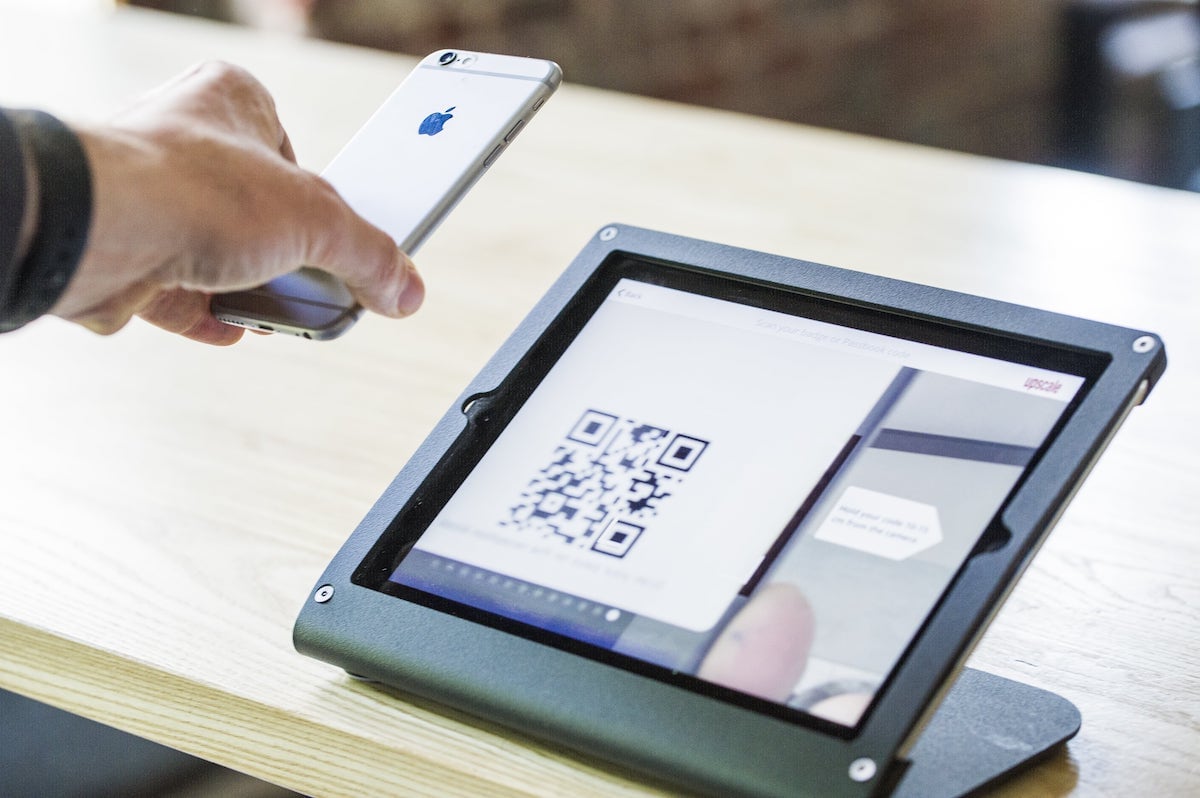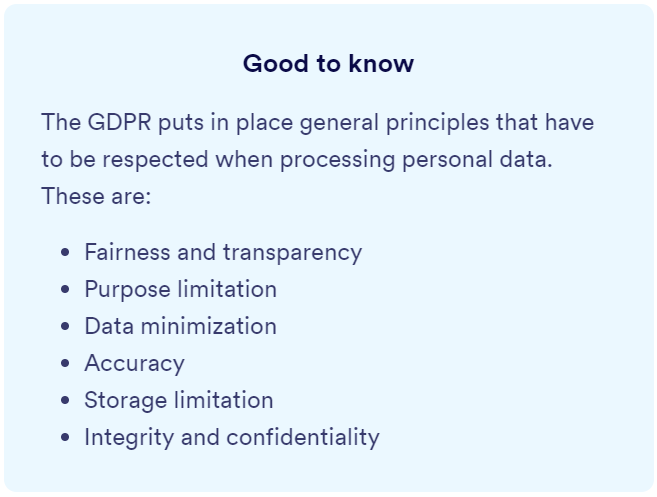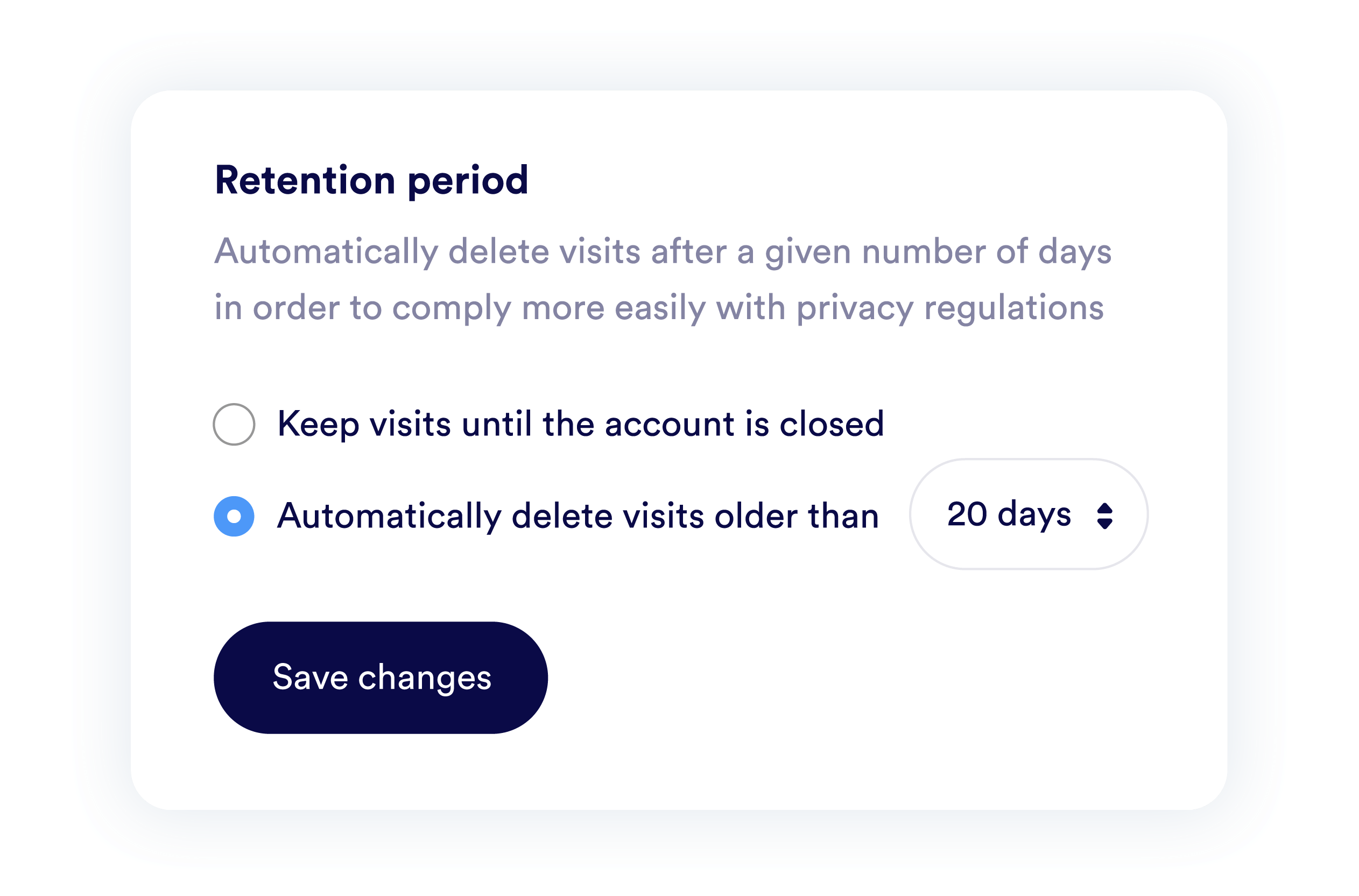Having recently entered a new decade, we're now at the brink of unexpected and exciting novelties in a digital age.
The world is not what it was 10 years ago, that much is clear. Innovation is booming in all industries and embracing digital has become our second nature.
These changes apply to the visitor management industry as well. That’s not surprising, considering that businesses now have to cater to highly informed consumers.
Understanding the biggest changes in visitor management
The customer experience has to be close-to-perfect in order to keep competitive. People want faster, smarter solutions. The good news is that modern technology has made all of this possible.
The biggest change in visitor management tech is the move from traditional (but quite outdated) logbooks to on-premise solutions and finally to the popular cloud-based systems.
But when it comes to the growth of visitor registration systems and sign-in apps in the last few years, the story is quite long and complex. We’ll keep to the essentials.
Once upon a time, there was a long queue at the front desk
There’s nothing easier than checking in at a hotel, restaurant, or corporation, then peacefully going about your day as planned, right? But it wasn’t always like that.
I think most of us remember arriving at a front desk and hastily scribbling down our name, our host’s name, and the time of our visit in a very flimsy-looking guestbook.

Let’s not forget about the other additional forms we also might have had to sign, while behind us the queue of visitors was rapidly growing.
This was not a particularly efficient visitor registration system - and definitely not environmentally friendly. We might have assumed it “worked” as long as you didn't need an organized visitor log, visitor photos, or ID badges, or if you overlooked the overwhelmed front desk staff and impatient visitors.
The need for change was clear; data storage and security issues had to be solved if companies wanted to keep pace with modern requirements.
Embracing the future
The first step in the right direction was on-premise software with electronic logbooks. However, even with this technology, several problems still blocked the path to a seamless visitor experience.
Just think of all the costs accrued for the installation of server-side software, storage, and antivirus protection, as well as the space required for all the necessary equipment. There was also a constant need to invest in hardware maintenance plans, software support, and future software version upgrades.
It was also at this point that data security was becoming a buzzword due to security breaches happening all over the world, affecting millions of businesses and their customers.
This left business owners wondering if their systems could adequately protect their data and their customers.
A safer alternative: cloud computing systems
There indeed emerged a solution that changed the check-in process for both visitors and companies everywhere. Enter cloud computing, which brought more control and flexibility, less set-up time, better scalability, and increased data security to all types of organizations.
Such solutions came with another plus: they could actually fit within the budgets of many organizations. It was therefore no wonder that more businesses adopted SaaS (software as a service) to streamline their internal processes, visitor management systems included.
Thus, cloud-based visitor management systems (VMS) gained the interest and trust of many companies looking to upgrade their customer experience.
With a VMS like Proxyclick, your visitors can simply use a kiosk or mobile app to check in, making them feel instantly welcome and more at ease.
Benefits of a cloud-based visitor management system
Having a cloud-based solution for your check-in process allows you to enjoy such features as:
- Customized check-in processes for each visitor that enters your building
- Efficient, secure, and compliant gathering and storing of visitors’ personal data
- Instant email and text message notifications (as well as integrations for notifications through other third-party providers) to let hosts know when guests have arrived
- The ability to send visitors pre-meeting directions, maps, and important documents they might have to read and sign, such as NDAs, via email prior to a visit
- The ability to print custom visitor badges with QR codes for enhanced access control on the premises
- Easy access to information from any device, including one’s smartphone or tablet

One step further toward compliance
Modern-day visitor registration systems like Proxyclick are today focused on data compliance regulations - another example of better evolved VMS product offerings in the last decade.
Data compliance laws were created as organizations around the world began to collect more information about their users - employees, visitors, and customers alike - which created a need for better individual protection of such sensitive data.
One well-known data privacy law, the GDPR, came into effect in 2018. It ensures that EU citizens know what companies do with their data, and have the ability to opt out if they don’t want their data collected. This regulation also applies in the case of visitor check-in experiences.

Nowadays, visitors are asked to enter their personal data at check-in for a number of reasons including for security purposes (limiting access to sensitive areas or deterring unwanted visitors from entering), or for reporting purposes to better understand who visits the office or facility, for what reason, and how long they typically stay.
This kind of data allows for companies to learn and create an increasingly more efficient check-in process for future visits. But it's important for companies to also to remain compliant to data privacy laws like GDPR, in part by regularly deleting stored data once it's no longer needed. (Learn more about this in our GDPR compliance checklist here).

All in all, if companies today want to boost customer acquisition and retention, as well as build and maintain a positive brand image, they must protect the privacy of their employees, customers, and visitors.
Happy visitors, happy business
From outdated paper logbooks to cloud-based visitor management systems, the process of visitor registration has greatly evolved alongside years of digitalization.
Reasons for this transformation are quite clear: enhanced building security and access control, an improved (and impressive) guest experience, no meeting delays, better data analytics and privacy, and a positive brand image.

Most companies nowadays choose modern visitor registration systems that can keep up with their customers’ expectations. After all, a great first impression is essential anywhere, in life and in business.
At Proxyclick, we make it easier for you to offer your guests the attention they deserve. Try us free to level up your visitor experience and make that check-in moment a memorable one.